The Dennington hanging pyx
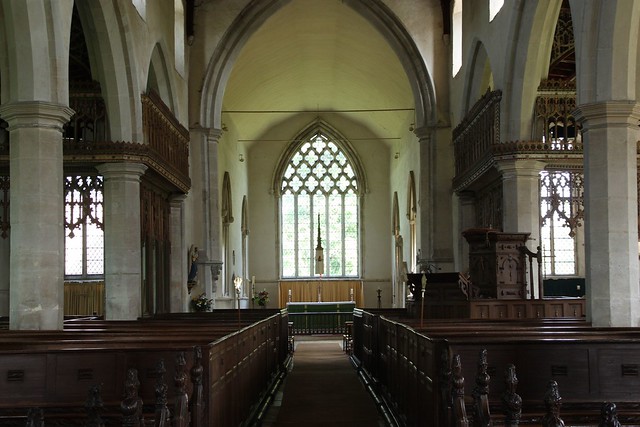
Followers of this blog over the years will be well aware of how much I love idiosyncratic details from medieval church buildings, particularly when they shed some light on the way that church buildings were used. In the past I have blogged about an important bit of kit that most medieval churches had, the hanging pyx, which enabled the Sacrament to be suspended above the altar and reserved, both for devotional purposes and for Communion in extremis. I have blogged about the hanging pyx elsewhere and do follow this link if you want to learn more about the medieval evidence for its use.
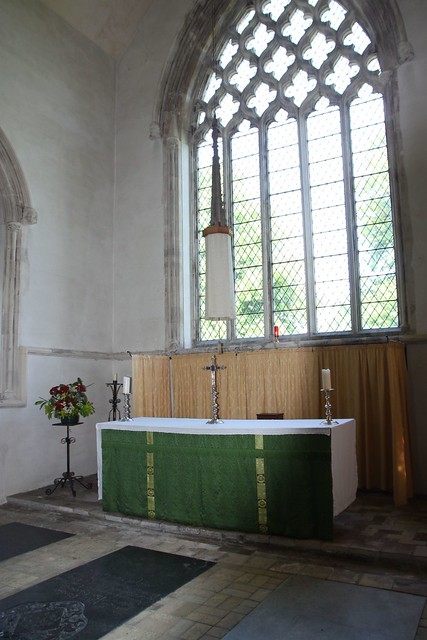
At Dennington in Suffolk, a hanging pyx was restored to use in the 1920s. The following pictures are of that restored pyx, which hangs prominently over the high altar and in front of the vast Decorated east window with its reticulated tracery.
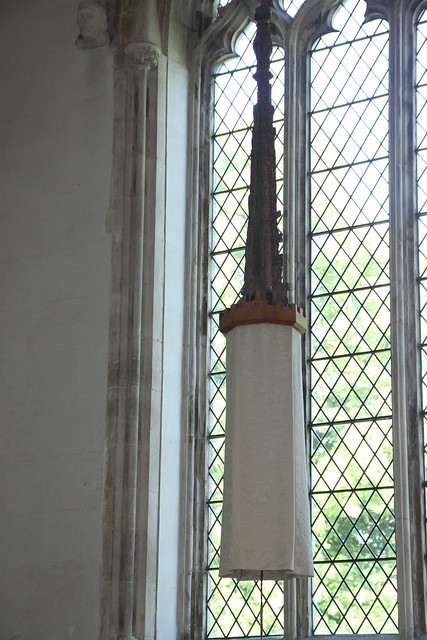
As you will see the restored pyx consists of three elements. Firstly a canopy, which is surmounted by a tall crocketed wooden pinnacle, that has been attached to a new castellated base. Secondly a cloth that hangs from that canopy and hides the third element, the pyx container itself.
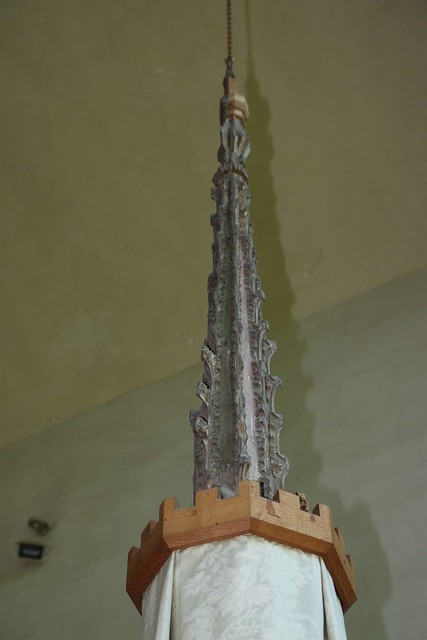
The wooden pinnacle of the canopy is the only part of the hanging pyx that is old. It appears to be fifteenth century and if you zoom in closely on Flickr at the photograph above, you will see that it has significant traces of gilding and polychromy.
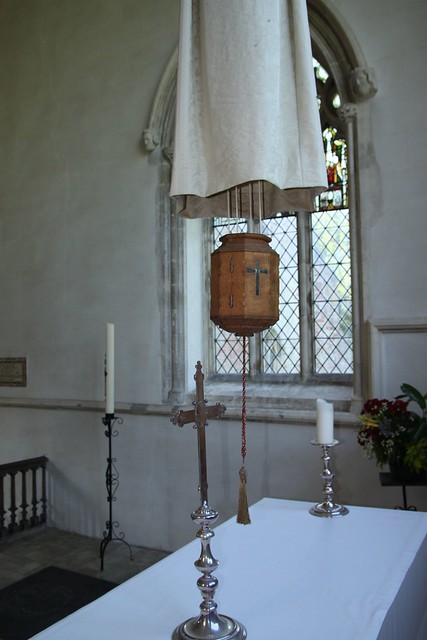
The third element of the hanging pyx, the pyx case is hidden by the cloth and hangs from the canopy. If you reach into the cloth you can pull down the counterweighted container towards the altar.
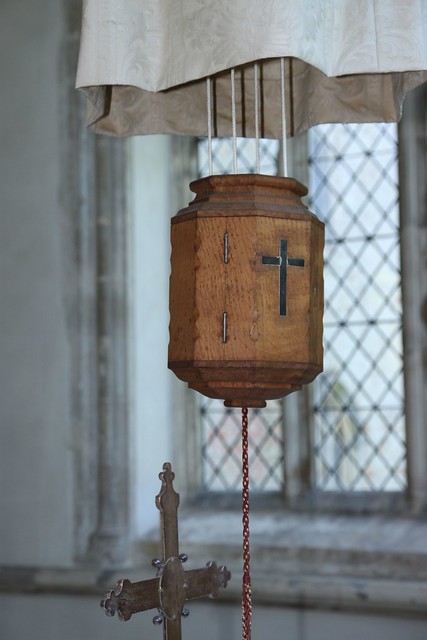
This wooden case has a hinged door and the pyx, the vessel containing the Blessed Sacrament was kept inside it.
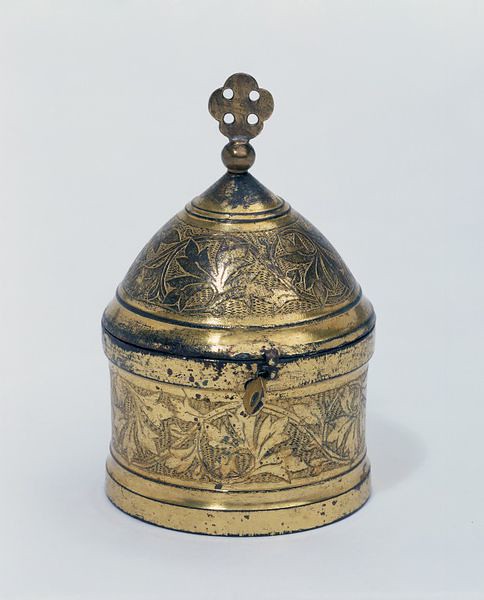
The pyx itself was usually a silver gilt or copper gilt box, with a hinged lid. The late fourteenth century Godfield pyx in the Victoria and Albert Museum, which is gilded copper, gives the general impression of their form.
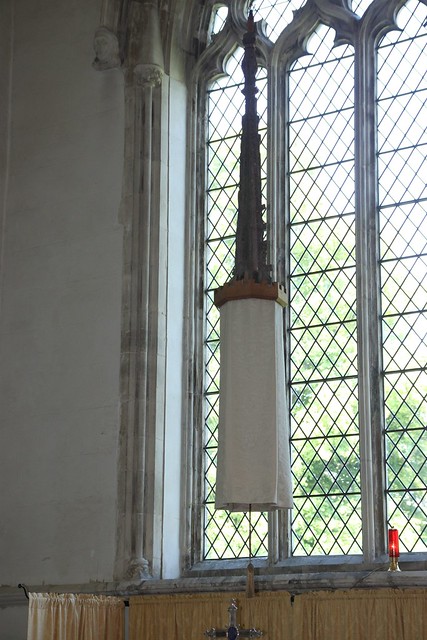
Now for what it's worth I think the Dennington hanging pyx is an extraordinary and inventive reconstruction and it gives a strong impression of the sort of arrangement for sacramental reservation that prevailed in a medieval parish church. Unfortunately, I am not at all convinced that the wooden pinnacle, the only medieval work within the current arrangement, is part of a hanging pyx at all. I would be more inclined to think that it's the top pinnacle of a font cover than it had such a specific purpose! However, I'm more than happy to be proved wrong of course if someone can find me the evidence to the contrary.

Comments